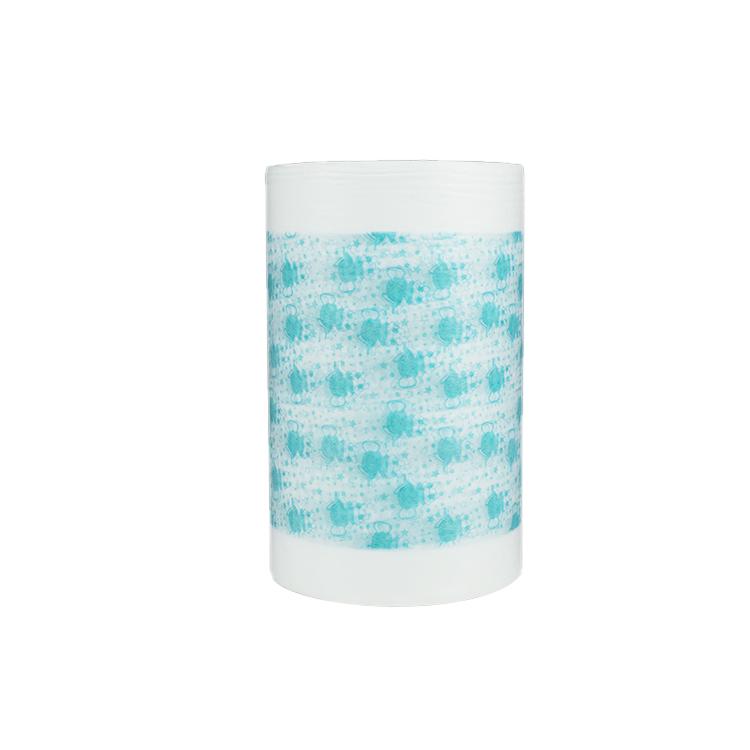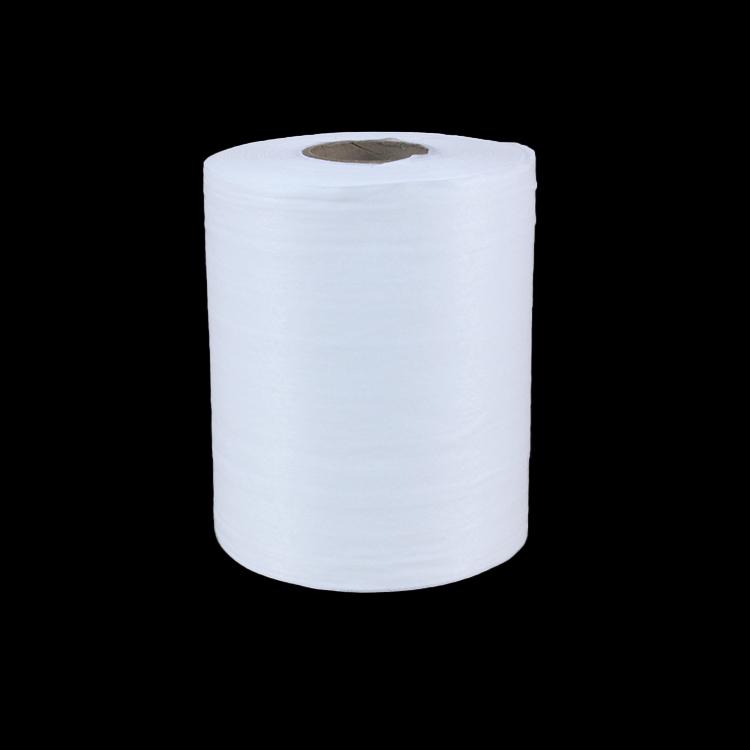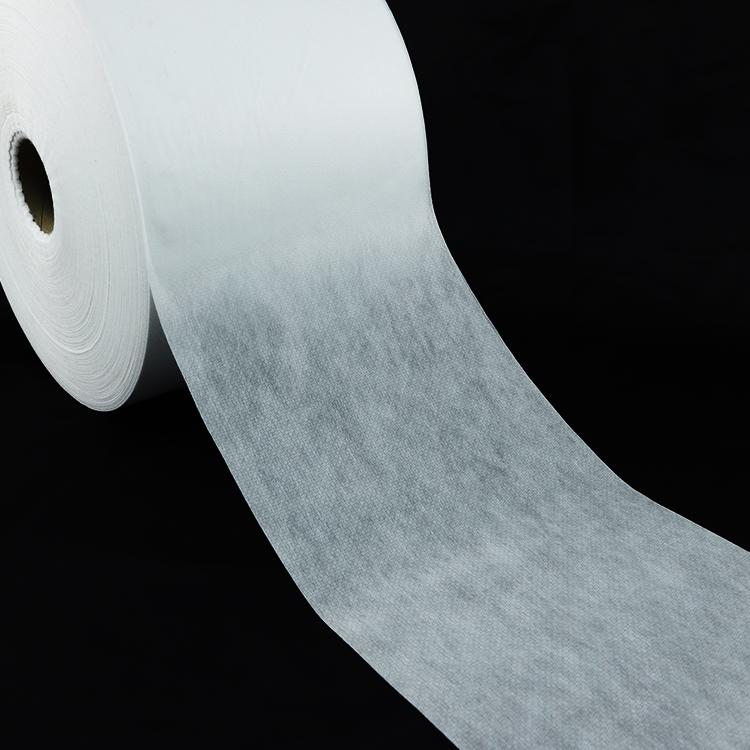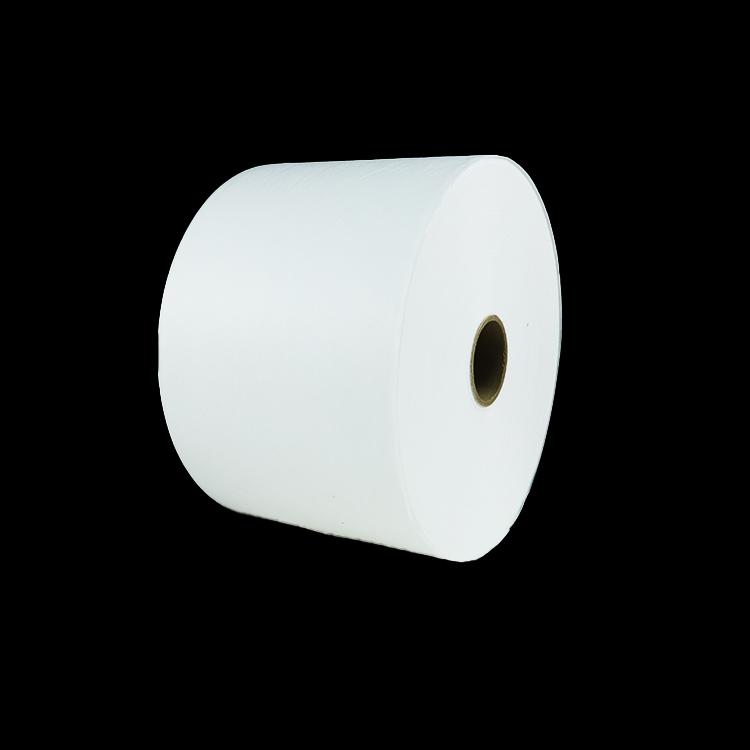
Introduction. 1. PUL (Polyurethane Laminate). 2. TPU (Thermoplastic Polyurethane). 3. Microfiber Inserts. Conclusion....
Introduction. Absorbent Core: The Key to Dryness. Moisture Barriers: Keeping Everything Contained. Closures and Comfort: A Secure Fit. Conclusion....
1. Plant-Based Materials. 2. Superabsorbent Polymers. 3. Smart Diaper Technology....
Introduction. 1. Cotton Diapers: Softness and Breathability. 2. Disposable Diapers: Convenience and Absorbency. 3. Bamboo Diapers: Sustainable and Hypoallergeni...
1. Introduction to diaper materials At present, the more mainstream diaper surface materials on the market are: air-through non-woven fabric and anti-stick no...

1. Spunlace non woven fabric is made by viscose and polyester. 2.Spunlace non woven fabric can be cross type or parallel type. 3.Spunlace non woven fabric can be plain or dot. 4.Applica...

1.SMMS non woven fabrics (Spunbond + Meltblown + Meltblown + Spunbond Nonwovens), basic weight range: 10-100 gsm; width: 90mm-3200mm; it belongs to composite non woven fabrics, which is...

1. SMMSnon woven fabrics (Spunbond + Meltblown + Meltblown + Spunbond Nonwovens), basicweight range: 10-100 gsm; width: 90mm-3200mm; it belongs to composite non wovenfabrics, which i...
Easy tape is one of sanitary napkin raw materials.Easy tape is used together with the wrapping film and sealing glue. The wrapping film is press-fitted and horizontally sealed by sealin...
When choosing a diaper, raw material of diaper is very important because raw material of diaper may affect the comfort of the child, and some children may even be allergic to some mater...

 Email: info@whldiapernonwoven.com
Email: info@whldiapernonwoven.com
 MP/WhatsApp: +86-13599937366
MP/WhatsApp: +86-13599937366
 Manufacturer Address:Room 1105B, Bld M1, Manhattan, Yulongwan, Shimao, Shuanglong Road, Meiling Street, Jinjiang, Fujian, China
Manufacturer Address:Room 1105B, Bld M1, Manhattan, Yulongwan, Shimao, Shuanglong Road, Meiling Street, Jinjiang, Fujian, China